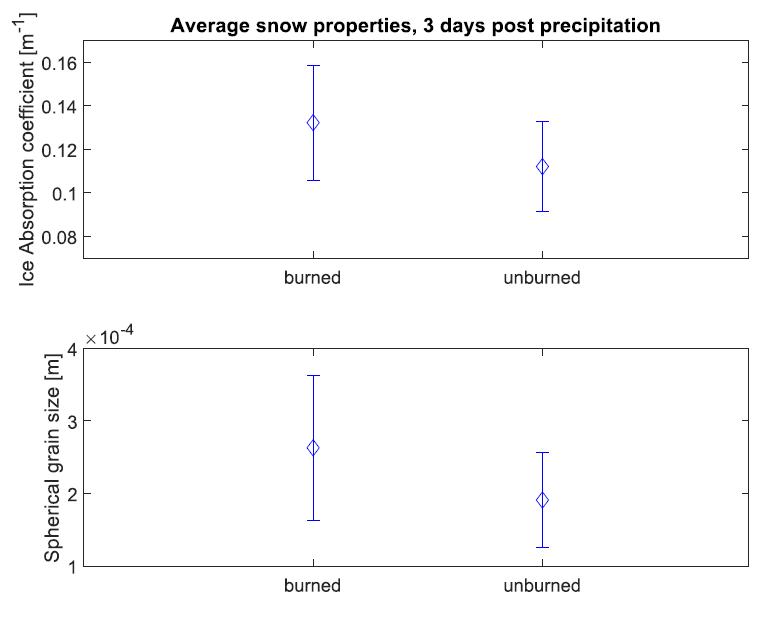
Markus Allgaier, Ph.D.
Quantum Optics
Free-Space Optical Communication
Optical Measurement Techniques
Member of NASA ICESat-2 Science Team (ICE, Cloud, and Land Elevation Satellite 2)
Member of ASPEN-Net collaboration (Attosecond Synchronized Photonic Entanglement Network, funded through NSF NQVL Program)
Latest News
Last winter, I did not just build and try out a new measurement technique for measuring the optical properties of snow, I also took it out a couple times too see how the snow in Oregon behaves. While the results aren’t conclusive yet, I’m convinced that we can for the first time observe grain size feedback from impurity radiative forcing!
My article on the design and validation of a novel snow reflectometer for snow science has been published in Applied Optics. The device is both portable and affordable as it used a smartphone camera and cheap diode lasers.
Our recent article on measuring the properties of glacier ice just appeared online in the Journal of Glaciology
In April I had the pleasure of presenting my research at the Western Snow Conference 2022 in Salt Lake City. I talked about the smartphone-based optical sensor and some preliminary data that I collected over the winter. As this was my first in-person conference since 2019, I was particularly excited about the trip!
Our work on Collier glacier was recently featured in the yearly magazine of the Central Oregon Community College, with amazing artwork by Venus Nguyen on the cover.
As the first major snow storm rolls through the Central Oregon Cascades, Tiemo and I pack up the snow sampling kit and spectrometer to get a first data set for the CASCADES:SNOW project. Even when the science doesn’t work out first try, you still learn a lot.
Writer Joal Stein had accompanied us during field work on Collier Glacier. He has since incorporated some words about the experience into an article on atmos.earth about dying glaciers and the people connected to them.
The Northwest Glaciology meeting is a fairly informal meeting open to anyone who affiliates themselves with the Pacific Northwest in any way. It was also the first time I got to present my research in front of a glaciology audience.
After the new photon-counting LiDAR got a good shakedown on Crook Glacier a week ago, I ditched some of the equipment I wouldn’t need and hauled everything into the forefield of Collier Glacier, a full day of hiking with heavy packs. We spent 2 night in the ablation zone of the glacier, coped with katabatic winds and cold feet, and eventually got the data needed to show what we can do with our new instrument.
Transitioning from the lab to field work was a learning experience - A first outing to Crook Glacier in the Central Oregon Cascades served as a worthy shakedown for the new instrument for glacier characterization









